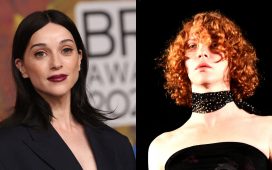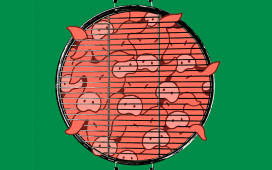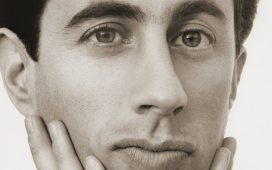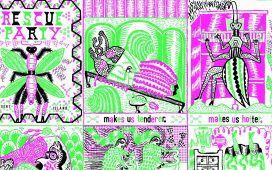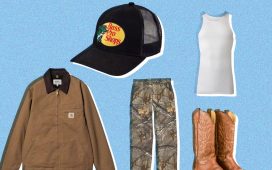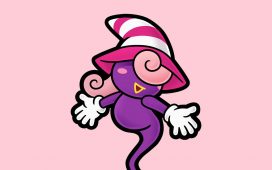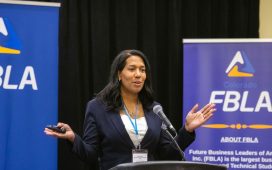This pride season began in the midst of an overwhelming and inspirational protest movement against police brutality, one that has shown how far we still have to go to secure basic human rights in America. But within these stressful, maddening times, it’s still important to highlight the few projects that have brought joy to LGBTQ+ communities this season, especially those of color. This Thursday marked the finale of HBO’s surprise hit show We’re Here, which followed three former Drag Race contestants — Bob the Drag Queen, Shangela, and Eureka O’Hara — as they help isolated queer folks and their allies throw drag shows in small conservative towns.
The finale’s production may have been interrupted by the coronavirus lockdown, forcing crews to throw together a recap episode partly filmed from the homes of its hosts, but the episode still punctuates a season that moved far beyond the glitz and glam of drag competition shows like Drag Race to show how the art form can tell deeply personal stories while healing communities. And in the process, its first season set a new standard for storytelling with queer performance arts.
“We’re hearing among people that love the show that they were expecting something very different than what we actually produced,” series co-creator Steve Warren said. “I’ve heard that once they see it, it can be transformative for people’s lives.” Warren said he and his partner Johnnie Ingram aren’t huge fans of reality TV, apart from Drag Race, and they felt the franchise’s competition focus missed a bigger story — that of drag communities coming together for the greater good, which Ingram experienced while working at a drag bar throughout college. The resulting six-episode series became more of a roving documentary about the still-open wounds and cultures of silence that permeate small homophobic towns throughout America, and that hybrid style raised the bar for telling queer stories on “reality TV” in key ways.
For starters, the show used its drag performances to make a direct impact on the personal issues that drag daughters shared. In the second episode, a trans man named Brandon and his wife Mikayla shared that they were really hurt by all the family and friends who refused to come to their wedding or came reluctantly. And that compelled their drag mother, Shangela, to turn their performance into a wedding ceremony reenactment, allowing them to change the course of that painful memory as their family cheered in the audience.
The show was also able to capture people and communities that were still actively working through their journeys as queer people and respond to it in real time. That included people like Tanner, who once came out to a supportive family in high school but later chose to identify as a Christian first and suppress his attraction to men. As his family performs behind him in a choir, you can tell that they hope the experience will compel him to live in his truth again — which it apparently did when he decided to live as a gay man after the episode aired. “When we’re there and we’re doing the show, we allow the show to develop. We don’t overly shape it,” Ingram said. “A lot of the stories are very rich and people have tucked away a lot of this for so long that it just comes out on camera and it’s been a long time coming.”
We’re Here also frequently incorporated and told the stories of queer allies to striking effect. “I didn’t want to be a part of another show about queer people coming to fix straight people’s lives,” Bob the Drag Queen said. I asked if that meant he disapproved of the approach on Queer Eye. “It’s not lost on me that these queers who were on TV before paved the way for me to be able to do this now,” he explained. “But I just know that I’ve told those stories before … I didn’t want to be a part of another one, or having that enter the zeitgeist again through my hands.”
